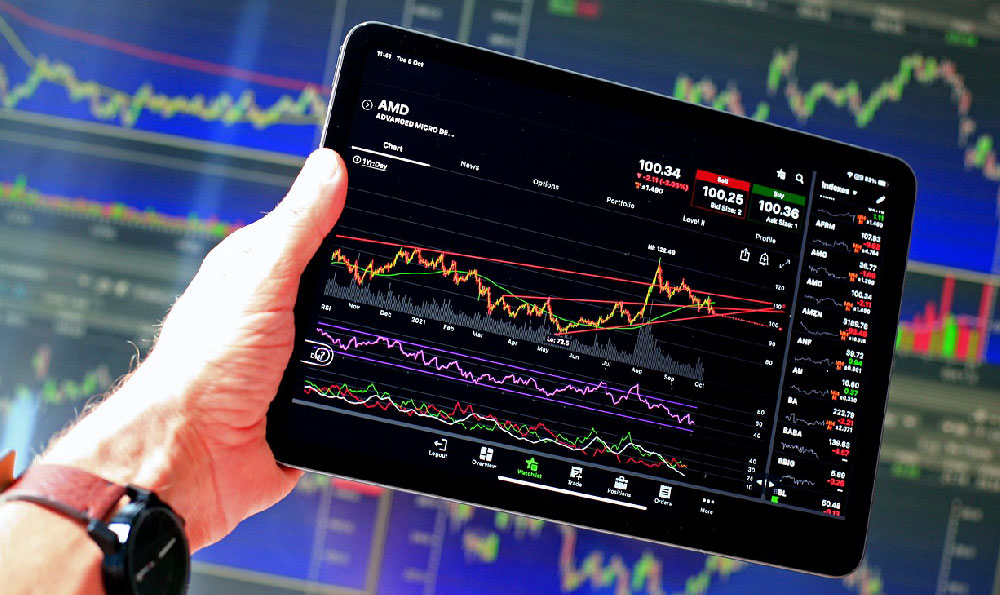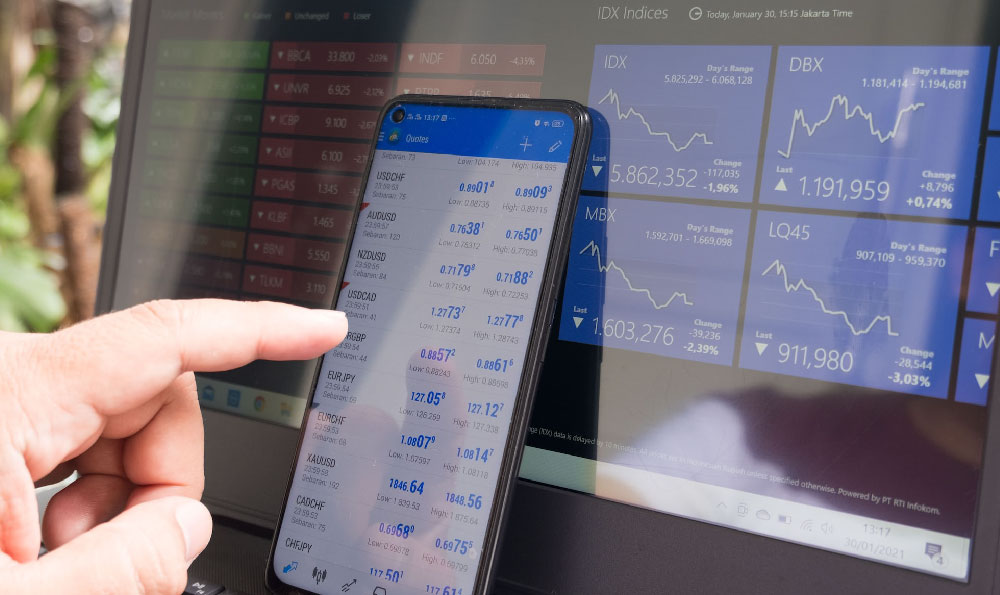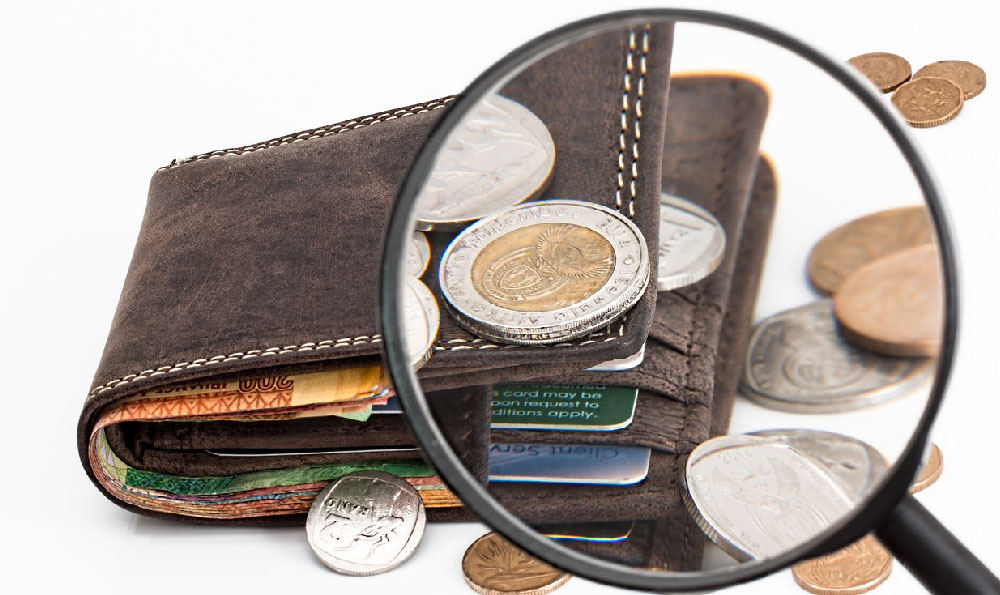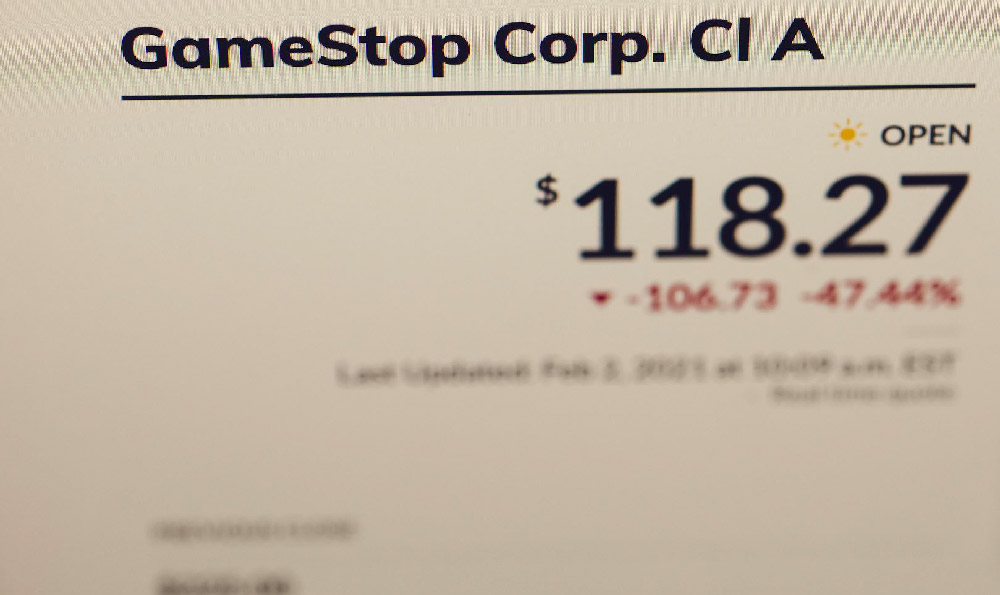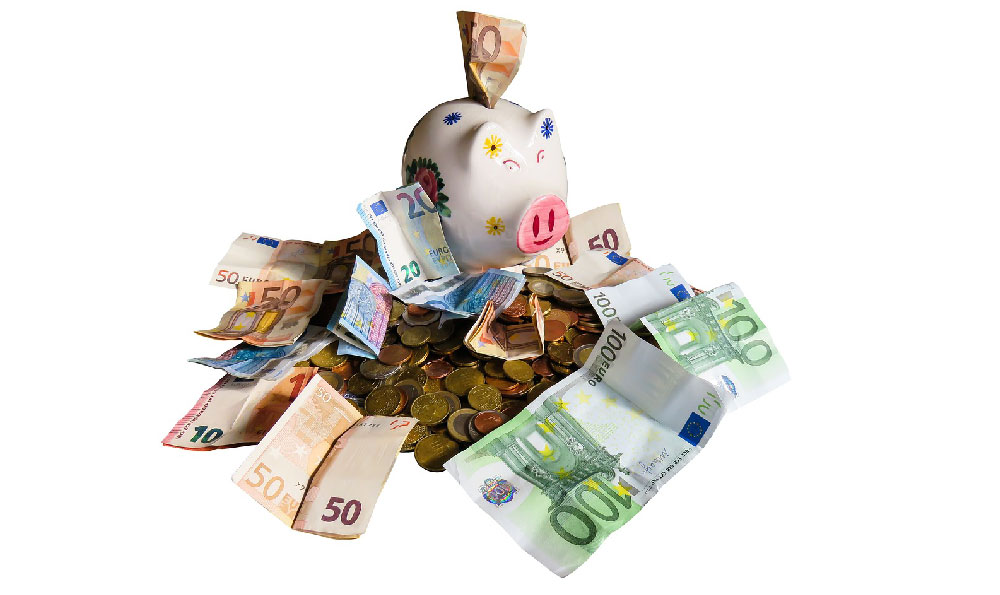cash app how does it make money: business model and revenue streams

Cash App, a mobile payment platform developed by Square Inc., has quickly evolved into a multifaceted financial service with a diverse revenue model that reflects its strategic expansion beyond simple peer-to-peer transactions. At its core, the app functions as a digital wallet, allowing users to send and receive money instantly, but its profitability stems from a combination of transaction fees, financial services commissions, and value-added offerings. Understanding the mechanics of how Cash App generates revenue provides insight into its role as a competitive player in the fintech industry and its potential to deliver returns for both users and investors.
The primary revenue stream for Cash App lies in its payment processing capabilities. When users send money to friends or family, the app incurs a small fee for each transaction, typically around $0.15 per transfer. This fee is not directly visible to the user but is absorbed by the platform through partnerships with financial institutions and payment networks. Additionally, businesses that accept payments via Cash App are charged transaction fees, which can range from 2.5% to 4% depending on the payment method. These businesses pay the fees to Square, which then distributes a portion to Cash App. The app also earns revenue through interchange fees, a percentage of the transaction amount that merchants pay to their banks for processing card payments. By integrating its payment services with cash card features, Cash App effectively monetizes user spending while maintaining a low barrier to entry for casual users.
Another significant source of income is the Cash App Card, a prepaid debit card that users can link to their accounts. Unlike traditional banks, which charge monthly fees for account maintenance, Cash App offers the card for free, earning revenue through interchange fees when users make purchases. These fees are typically 1.5% to 3% of the transaction amount, depending on the merchant's agreement with Square. Additionally, Square earns revenue from overdraft services, which allow users to spend more than their available balance, charging a fee for each overdraft transaction. The app also partners with financial institutions to offer interest on savings, which is generated by investing user funds in low-risk assets such as money market accounts. While these interest earnings may seem modest, they contribute to the app's overall profitability and align with its mission to provide financial tools for underserved populations.
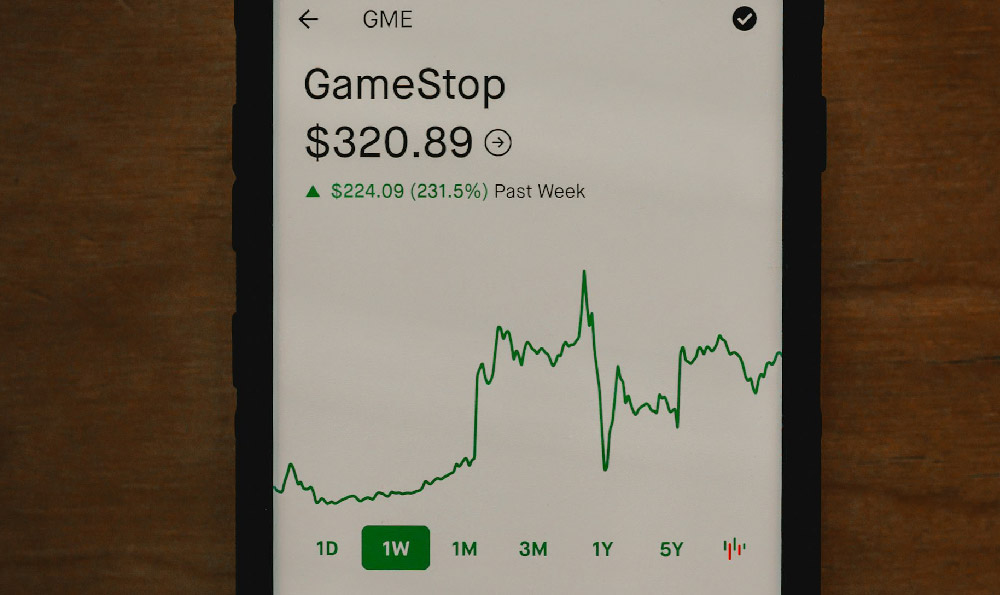
Cash App's foray into financial services has further diversified its revenue streams. The app launched a stock trading platform in 2021, enabling users to buy and sell fractional shares of stocks and cryptocurrencies with minimal fees. While the trading feature itself is not a direct source of income, it generates revenue through commissions, typically 1.95% for stock trades and 2.5% for cryptocurrency trades. Additionally, Square earns revenue from its custodial services, which allow users to hold and manage digital assets such as Bitcoin and Ethereum. These services are provided through partnerships with platforms like Coinbase, and Cash App charges users a monthly fee for custodial services, currently around $4.99. This model not only monetizes user activity but also positions Cash App as a custodian of digital assets, which is a growing trend in the fintech sector.
The app has also explored other revenue opportunities through its partnership with the company's broader ecosystem. Square, the parent company, generates income from its hardware division, including the Square Reader and other payment terminals, which are used by businesses that integrate Cash App into their operations. This synergy means that Cash App benefits indirectly from Square's hardware sales and enterprise services, such as payroll processing and inventory management. Furthermore, the company has invested in financial literacy initiatives, offering tools and educational content to help users manage their money. While these initiatives are not directly profitable, they enhance user engagement and build long-term value, which can translate into increased transaction volumes and subscription-based earnings.
One of the most notable revenue strategies is Cash App's role as a referral platform. By incentivizing users to invite friends, the app earns a percentage of the fees generated from the new users' transactions. This not only drives user acquisition but also creates a viral effect that amplifies its market reach. Additionally, the app leverages its large user base to attract advertisers and brands, offering promotional spaces within its interface. These partnerships allow Cash App to monetize its platform through targeted advertising and co-branded financial products, such as limited-time promotions for cash card features or bundled payment solutions.
Cash App's revenue model also includes a component of long-term investable assets. The app allows users to store and invest portions of their balances in a range of financial products, such as bonds and ETFs, through its investment platform. While the app itself does not charge fees for investing, it earns interest from the funds it manages and reinvests in higher-yield assets. This strategy creates a cycle of growth, as user balances are optimized for returns, which in turn increases the app's profitability through compound interest and potentially higher transaction volumes.
In addition to these direct revenue streams, Cash App has begun to diversify its offerings through emerging technologies. The integration of cryptocurrency has allowed the app to tap into a growing market, where users can trade, store, and earn interest on digital assets. Square has also explored partnerships with insurance companies and other financial institutions to offer ancillary services such as credit protection and financial planning. These services generate revenue through subscription models and commission fees, further solidifying Cash App's position as a comprehensive financial platform.
Cash App's ability to adapt its revenue streams reflects its strategic approach to competing in the rapidly evolving fintech landscape. By combining traditional payment services with innovative financial products, the app has created a unique value proposition that appeals to both casual users and savvy investors. This diversified model not only ensures financial sustainability but also positions Cash App to capitalize on trends such as digital asset ownership, fiscal responsibility, and mobile-first financial solutions. As the app continues to expand its offerings, its revenue streams will likely evolve, but the core principles of low transaction costs, user-centric design, and strategic partnerships will remain central to its profitability.

